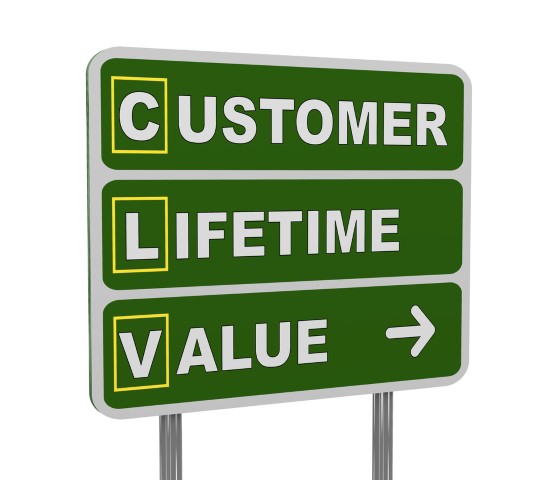Marketing is defined in many ways, but it always involves researching, promoting, pricing, selling, advertising, and distributing your products or services. One definition calls it “the action or business of promoting and selling products or services including market research and advertising.” The American Marketing Association defines it as “the activity and processes for creating, communicating, delivering and exchanging offerings that have value for customers, partners and society at large.” Another describes marketing as “the process of interesting potential customers in your products or services.” The key word in two of these definitions is “process”.
All these definitions are correct, but they sound too academic to me. I define marketing as: the ability to make customers look for me rather than me look for them. In my consulting business, 99 percent of all my clients found me rather than me finding them. They were referred or made contact after hearing of me through an article, a video, a client, or another person.
Consider companies with strong brands, i.e., Apple, Google, Amazon, Microsoft, Coca-Cola, McDonalds, or Disney. People line up overnight for an Apple phone, check Amazon first for a product, and order a Coke by name. Big advertising budgets for these companies stress dedication to quality and friendly service to help build the trust of customers over time. But SME’s (Small and Medium-size Enterprises) can achieve a strong brand too by changing their way of marketing. Like Peter Drucker said, “The purpose of a business is to create a customer”, but to that I would add “for life”.
Most marketing and sales training focuses on changing behaviour. I believe it’s better to focus on “changing the heart”. By that I mean doing something with a purpose in mind, because conviction is much stronger than duty. Let me explain.
When a retailer, restaurant or hotel sees their customers as guests, service reaches a higher level. Once a business aims to delight customers and wow them at every opportunity, something happens; the entire organization becomes in charge of marketing, not just the sales and marketing people. The rules of the game change from doing transactions to building relationships. Thus, the aim is building a long-lasting relationship rather than selling that shoe or car once.
Joe Girard, one of the greatest salesmen, said every person knows at least 250 other people who could become friends and customers. So, creating healthy, genuine relationships builds trust and trust always opens the door to a long-term, profitable business.
People often ask you what you do, but I found that they are much more interested in knowing why you do what you do. Knowing the why behind what you do gives your activity a much higher and deeper value.
No matter what you do, knowing your customer is the key to building loyalty. Customer intimacy is an essential foundation for building a strong brand for a successful business.
Watch for my “Customer for Life Part 2” coming soon.
Words 500


